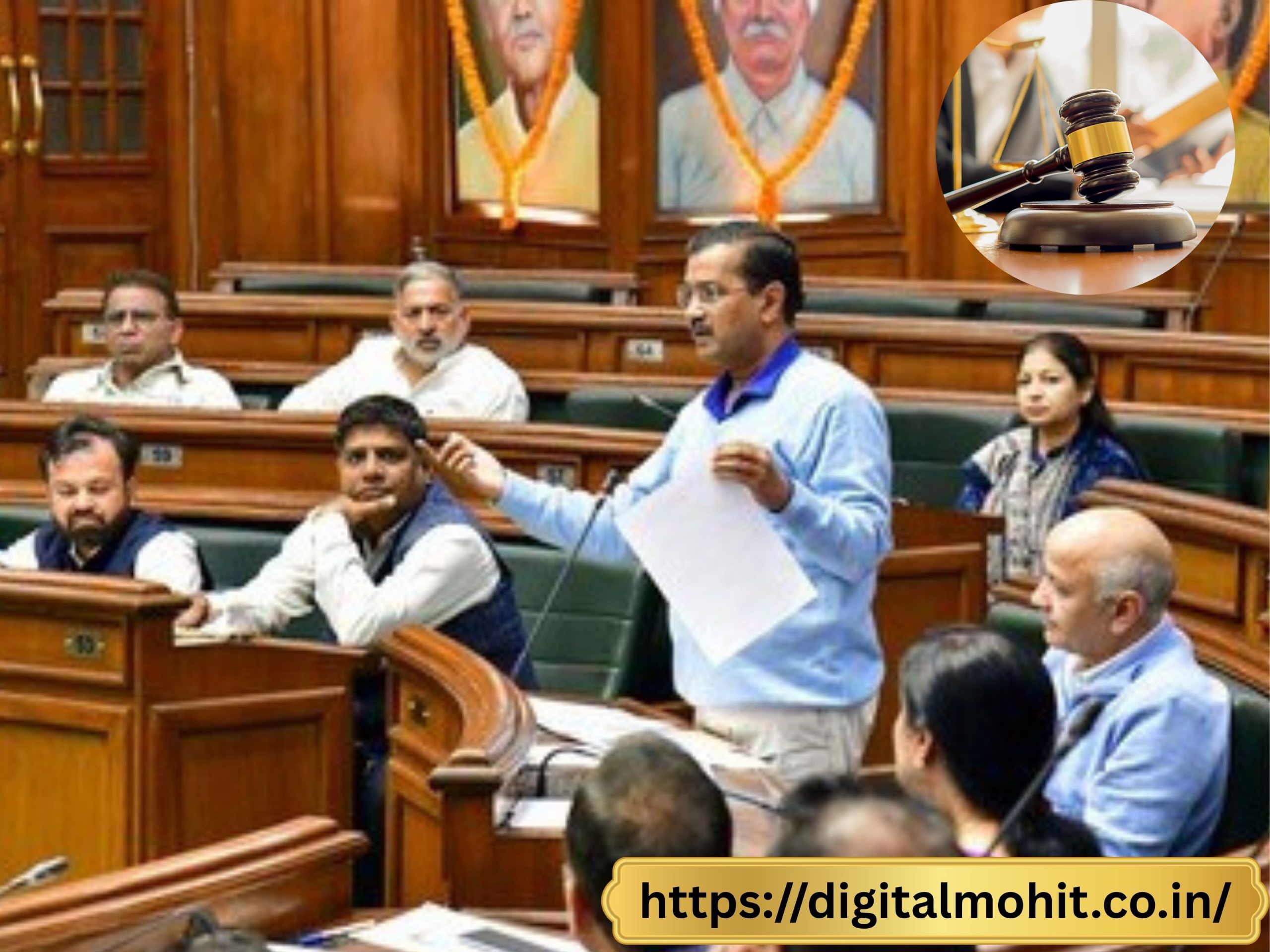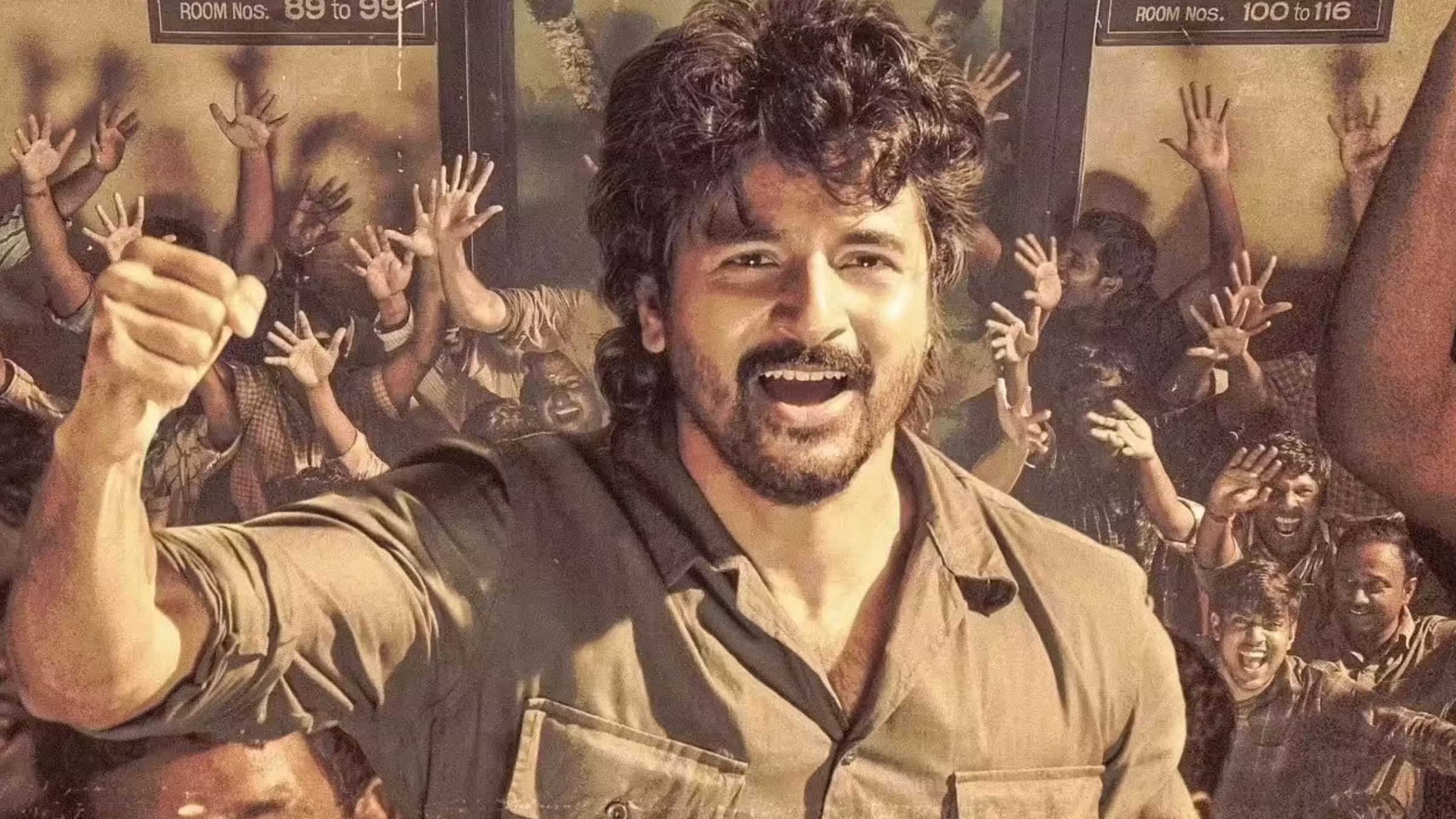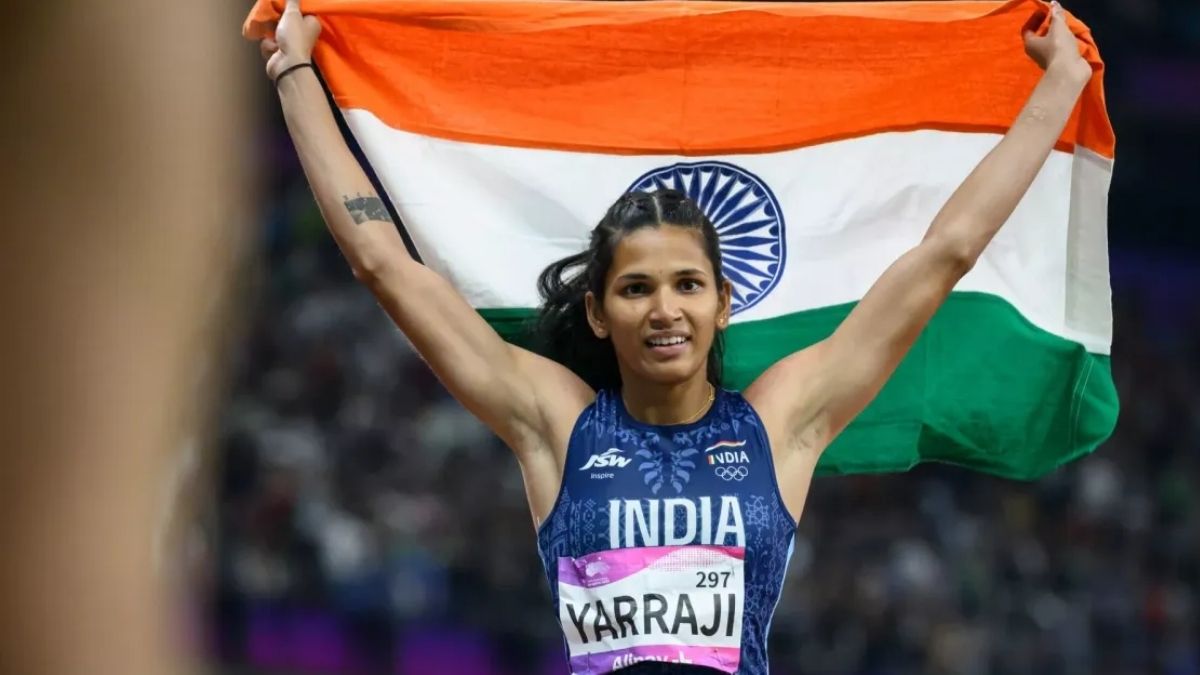Nestled in the heart of India’s bustling capital, the Delhi High Court isn’t just another institution of law—it’s a living, breathing symbol of justice, hope, and evolution. With its iconic arched façade, chambers humming with legal arguments, and courtrooms filled with stories both tragic and triumphant, the Delhi High Court has been a central character in India’s democratic drama for over half a century.
Let’s step beyond the marble corridors and judicial jargon, and dive into the soul of this institution—its past, its people, its impact, and its continuing journey through India’s ever-changing legal landscape.
READ MORE : https://digitalmohit.co.in/category/news/
A Legacy Born from Division
The Delhi High Court was established on October 31, 1966, under the Delhi High Court Act, 1966. But its roots trace even deeper—to the Partition of 1947. As the administrative capital’s legal needs expanded and Delhi grew in geopolitical significance, the need for a dedicated high court became inescapable.
Before this, the Punjab High Court had jurisdiction over Delhi. But a city rapidly becoming the nerve center of the nation demanded its own legal institution. Thus, the Delhi High Court was born—not just to administer justice, but to reflect the aspirations of an emerging republic.
READ MORE : https://digitalmohit.co.in/
The Human Side of the Bench
Behind every verdict, there’s a human story. And behind every gavel strike at the Delhi High Court, there are judges, lawyers, clerks, and petitioners navigating life-changing moments.
Over the decades, the court has seen luminaries of law grace its benches—like Justice Y.K. Sabharwal, who later became Chief Justice of India, or Justice Rajinder Sachar, known for his bold pro-human rights judgments.
Then there are unsung heroes—junior advocates pulling all-nighters, public interest litigants seeking justice against powerful forces, and staff who ensure the court functions like clockwork amid chaos.
Landmark Judgments That Shaped the Nation
While every case is important, a few landmark verdicts from the Delhi High Court have rippled across the country:
1. Naz Foundation v. Government of NCT of Delhi (2009)
Perhaps the court’s most internationally recognized judgment, this case decriminalized homosexuality under Section 377 IPC, declaring that the law violated fundamental rights. Although the Supreme Court later reversed this decision (before re-decriminalizing it again in 2018), the Delhi High Court’s stand was historic and brave.
2. St. Stephen’s College Case (1992)
The court ruled on the balance between autonomy of minority institutions and state control, a verdict that continues to be cited in education-related cases.
3. Privacy vs. Surveillance Cases
In recent years, the Delhi High Court has heard important cases about data privacy, WhatsApp, Aadhaar, and government surveillance, helping lay the groundwork for India’s digital rights jurisprudence.
Justice in the Digital Age
Like many other courts in India, the Delhi High Court had to adapt rapidly during the COVID-19 pandemic, shifting to virtual hearings. But unlike many institutions that struggled, it embraced the change with surprising agility.
Today, the court boasts e-filing, live cause lists, virtual courtrooms, and hybrid proceedings. It’s part of a quiet digital revolution in Indian justice—a blend of tradition and technology.
The Courtroom as a Mirror
What makes the Delhi High Court fascinating isn’t just its judgments—it’s how those judgments reflect the pulse of society. Whether it’s debates over freedom of speech, women’s safety, communal violence, or administrative accountability, the court has often been where Delhi—and India—asks itself: “What kind of society do we want to be?
Voices From the Hallways
“Arguing before the Delhi High Court taught me what it means to think on your feet. It’s fast, fierce, and fair,” says Anjali Mehra, a 27-year-old advocate just two years into her practice.
“I walked in with fear. I walked out with dignity,” recalls Rafiq Ahmed, a petitioner who won a housing rights case after years of struggle.
“Judges here have an ear for the unheard,” says Sr. Advocate Harish Salve, commenting on the court’s handling of public interest litigations.
A Global Outlook with Local Roots
Despite being a regional high court, the Delhi High Court’s decisions often echo nationally and even internationally. Given Delhi’s role as the seat of Parliament, the Prime Minister’s Office, and top bureaucracies, the court frequently hears cases that involve constitutional interpretation, diplomatic sensitivities, and administrative accountability.
Looking Ahead: The Road to Reform
The future of the Delhi High Court lies in transparency, speed, and accessibility. Initiatives like:
- Mediation centers
- Legal aid clinics
- AI-assisted case management
- Digital archives
…are helping shape a more efficient, inclusive, and responsive legal system.
Conclusion: More Than Just a Building
To call the Delhi High Court merely a judicial institution would be an understatement. It is a sanctuary for justice seekers, a classroom for future lawyers, a stage for democracy, and often, the last hope for the marginalized.
As India evolves, so does its judiciary. But some things remain constant: the pursuit of fairness, the weight of the Constitution, and the quiet courage of those who walk through the court’s doors, searching not just for judgment, but for justice.
















Leave a Reply